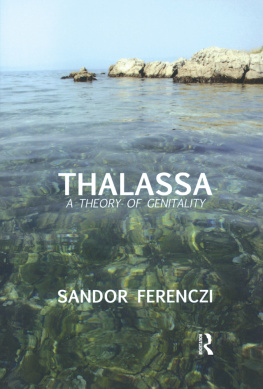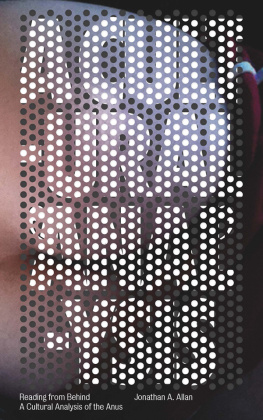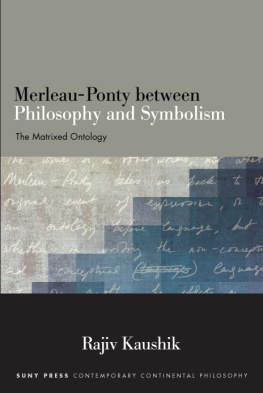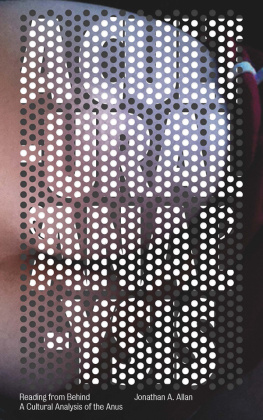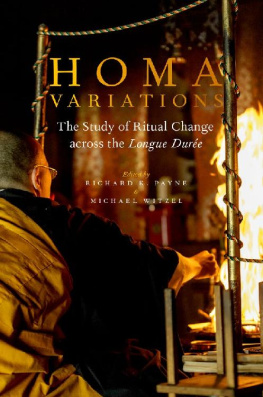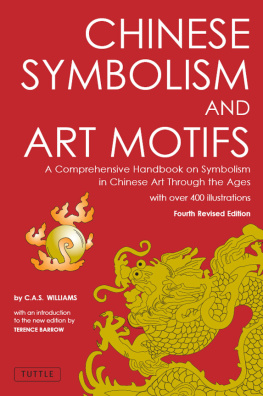Table of Contents
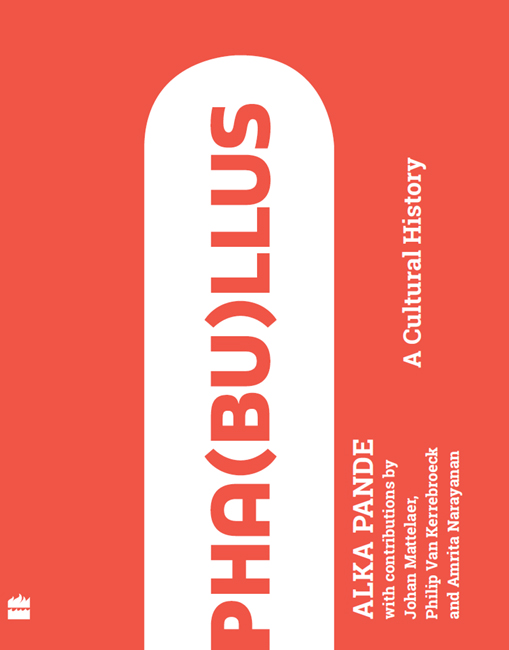


In praise of Shiva, the Absolute Truth,
and in celebration of vilas,
the earthly pleasure that infuses
life with an added lustre.
Contents





A Naga sadhu at a religious procession in India.
In this society, the norm of masculinity is phallic aggression. Male sexuality is, by definition, intensely and rigidly phallic. A mans identity is located in his conception of himself as the possessor of a phallus; a mans worth is located in his pride in phallic identity.
Last Days at Hot Slit: The Radical Feminism of Andrea Dworkin
Stick of joy or pleasure, power or shame, the phallus is an incredible organ invested in the male body. In fact, as Philip Kerrebroeck puts it in his book, The Human Penis: Organ and Instrument, Phallus used to indicate a penis that is in a state of erection. Through history the phallus has been the cynosure of all eyesthe male gaze, which could be homoerotic, or homophobic, or the female gaze, which could be an inverted feminist one or the hugely confident gaze of the contemporary empowered woman. The phallus enthralls and interests everyone.
As a woman, writing on the phallus is a hugely challenging task. I am interrogating the phallus in its cultural context, its sacred context, in the context of gender identity and sexuality, and of course in a playful interpretation in popular culture. What is exciting for me at this point in my life is that I am beyond gender, in that wonderful space where I can be masculine one day and feminine the next dayfor gender is fixed whereas sexuality is not. I intend to approach the study of the phallus in this book through the lens of shifting sexualities, which is inherent in each one of us.
The erotic
In his essay, The Significance of the Phallus, Jacques Lacan differentiates between being and having the phallus. For him, men are considered to have the phallus, while women, who do not have the phallus, are considered to be the phallus. Judith Butler in her discussion of The Lesbian Phallus talks of Freud and the transfer of the meaning of phallus from the penis, the male organ, to other objects of similar anatomy and shape, such as a cigarette or a skyscraper. However, from Butlers perspective a skyscraper better resembles the vagina, the female reproductive organthus, for her, it is in femininity that true power resides.
For most heterosexual males, their penis or that thing is the most precious. They start playing with their thing when they are babies in their prams and this goes on till they attain maturityI often wonder if they are insecure about their organ, touching it to see if it is still there. On the opposite end, most women look at the male organ with wonder and awe. Some men like to say that many women have penis envy, while women experience a sense of male aggression through the penis.
The human penis is not only the organ that a man holds in his hand a couple of times everyday to urinate but also the organ of procreation. It is an instrument of pleasure for the man and his partner. From the prehistoric to the present, the human penis, thus, has been a recurring motif in visual culture and religious thoughts of nations and civilizations across the world. As youll see in the book, in many cultures and societies, the human phallus has been regarded as a symbol of power, veneration and sex.
Every time a man experiences an orgasm the phallus explodes, then dies, then returns to life, time and again. Thus, the term phallic resurrection, as coined by the Jungian analyst Eugene Monick. The phallic resurrection cycle is a recurrent cycle of tumescence after detumescence. The pervasive and often extensively crude sexual phallic worship can also be read through this concept. Be it the worship of the rustic Roman God Priapus, who is often symbolized by an enormous penis used as a threat against thieves, or the spiritual lingam, the regenerative maypole, the Herm of Ancient Greeks, or the Egyptian Djed Pillar of Osiris used for resurrectionthe phallus has always been endowed with restorative properties.

Erotic statues adorn many ancient buildings and temples in India.
Before I get into a serious narrative of the phallusthe tone, texture, voice and the myths surrounding itthere is also an immersive, seductive, sensual and cultural journey of this part of the human body that has always fascinated many. In different societies, depending on their location and religion, the phallus transforms and gets its own unique cultural identity.
For me, the phallus becomes both an icon of pleasure and procreativityliterally a pleasure stick, the vortex and source of great pleasure during sexual intercourse and the carrier of semen, the seed from which the life-force emanates. The phallus and the vagina come together in sexual intercourse, in which often the phallus, or the lingam, is considered the presiding deity of pleasure; while the dark and cavernous vagina, or yoni, is the holder or receptacle. In Indian culture, the overriding emotion generated as a result of the meeting of the yoni and the lingam is pure orgasmic delightthe French call it la petite mort and Indians call it sambhoga ananda.
The eroticism associated with the phallus can be broken down into distinct layers, depending on the epoch, region or culture. In the eastern parts of the world, particularly India, there is a very clear relation between exoticism and eroticism, where sex is almost similar to a spiritual experiencethe pleasure derived from the act of sex transports one to a higher spiritual realm. In ancient India, sexual intercourse was an act of pleasure and not just a device for procreation. Evidence of this can be found in literary texts from that period as well as in architecture. Several temples and monuments, like the ones in Khajuraho, have elaborate depictions of people in various positions of sexual congress. Due to this emphasis on the value of sex transcending procreation, the phallus was revered for its ability to bring pleasure, a tool essential for a man and a woman to come together in the ultimate act of sensual gratification. Despite being the repository of pleasurein many ways pleasure forms the backbone of human societythe phallus is also a source of power, pleasure and shame at the same time.
Through the power of the phallus comes yet another manifestation of human nature which is seen in the physical assertion of male supremacy, as seen in rapes of women in times of warfare, particularly in medieval and modern India. It was because of the fear of male aggression that the concepts of jauhar and sati became institutionalized in Rajput societies. In modern societies, honour killings also arose due to the fear amongst communities of the exploitation of womens sexuality and vandalization of their character.


